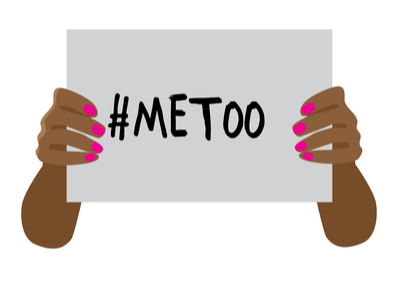
Late last month, the New York State Department of Labor released model sexual harassment prevention training videos that employers can use to train their employees, available here. While a welcome development, the videos alone do not fully comply with the State’s requirement that sexual harassment prevention training be “interactive” – employers must ensure that employees have the ability to ask questions and receive answers to their questions. The New York City Commission on Human Rights has also provided some new and welcome guidance to employers, releasing FAQs regarding NYC’s new sexual harassment prevention laws, available here. The FAQs primarily address which employers must conduct sexual harassment prevention training and how to calculate an employer’s number of employees for purposes of determining whether the employer is subject to the training requirements.
To recap, New York State’s new sexual harassment prevention Mandate, which requires all employers in New York State to have a sexual harassment prevention policy that meets or exceeds the State’s new minimum standards, also requires all employers in New York State to train their employees on sexual harassment prevention. Employees must be trained on an annual basis, with the first training occurring no later than October 9, 2019. New employees should be trained as soon as possible after beginning employment. The Mandate provided that the Department of Labor (DOL) would release model training videos, in addition to the previously-published sexual harassment prevention training script, model slide decks, and sample case studies. These model training videos have now been released.
There are two model training videos, each about 20 minutes long, which are available for viewing on YouTube or for download. The videos track the other model training materials (script, slide deck, and case studies). The State website explains how employers can use the model training videos to satisfy the training requirement: “If you are using this video to meet the training requirements, you must also: ask questions of employees as part of the program; accommodate questions asked by employees, with answers provided in a timely manner; or require feedback from employees about the training and the materials presented.”
The first video covers: how to recognize harassment as inappropriate behavior; why workplace harassment is employment discrimination; that all harassment should be reported; how supervisors and managers have a special responsibility to report harassment; and notes that harassment because of any protected characteristic is prohibited.
The second video presents the model case studies and poses questions to viewers, in a true/false format, about sexual harassment in the workplace. The correct answer and reasoning behind the answer are then explained during the video. The video tracks the case studies previously released. The DOL explains that employees need to be able to ask questions and receive feedback on how the hypothetical cases would be handled by the employer in order to satisfy the interactive requirement.
The DOL released a third video at the same time as the model training videos: an eight-minute overview explaining how the sexual harassment prevention laws have changed. This video is useful to anyone who has a general understanding of discrimination law and wants just the highlights of the new sexual harassment prevention law.
New York City employers are reminded that the State sexual harassment prevention training requirements are more extensive than New York City’s requirements for training, with three key differences. First, only employers with 15 or more employees are required to train their NYC employees. Second, the State sexual harassment prevention training does not address the City’s recently-expanded definition of sexual harassment. Third, employers within the City must keep a record for three years of who attends each training, including each employee’s signed acknowledgment of attendance.
The FAQs released by the City Commission on Human Rights detail how to calculate the number of employees for purposes of determining coverage under the training requirements. Notably, the City instructs that independent contractors count towards the 15-employee threshold (whereas the State FAQs explain that under the State sexual harassment prevention training requirements, only employees must be trained). The new City FAQs remind employers that sexual harassment prevention training must be conducted every calendar year. The FAQs also clarify that new employees must receive the City-issued Sexual Harassment Prevention Fact Sheet in print or electronically by the end of their first week.
The City Commission on Human Rights expects to release model training videos no later than April 1, 2019 – the date by which NYC employers must begin providing annual training – and expects the training will be compliant with both the State and City training requirements.
See our previous blog posts on New York State and City developments here.

